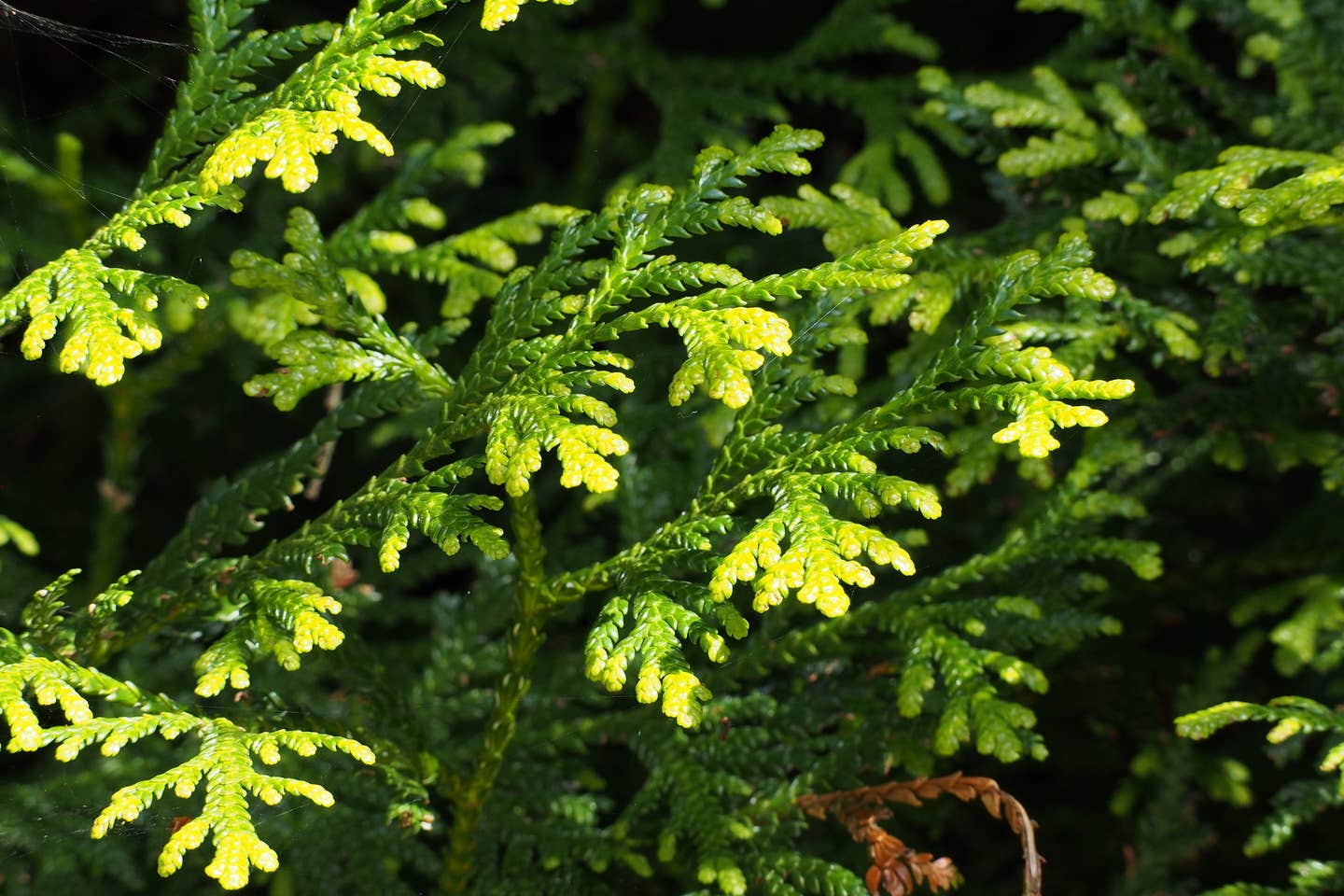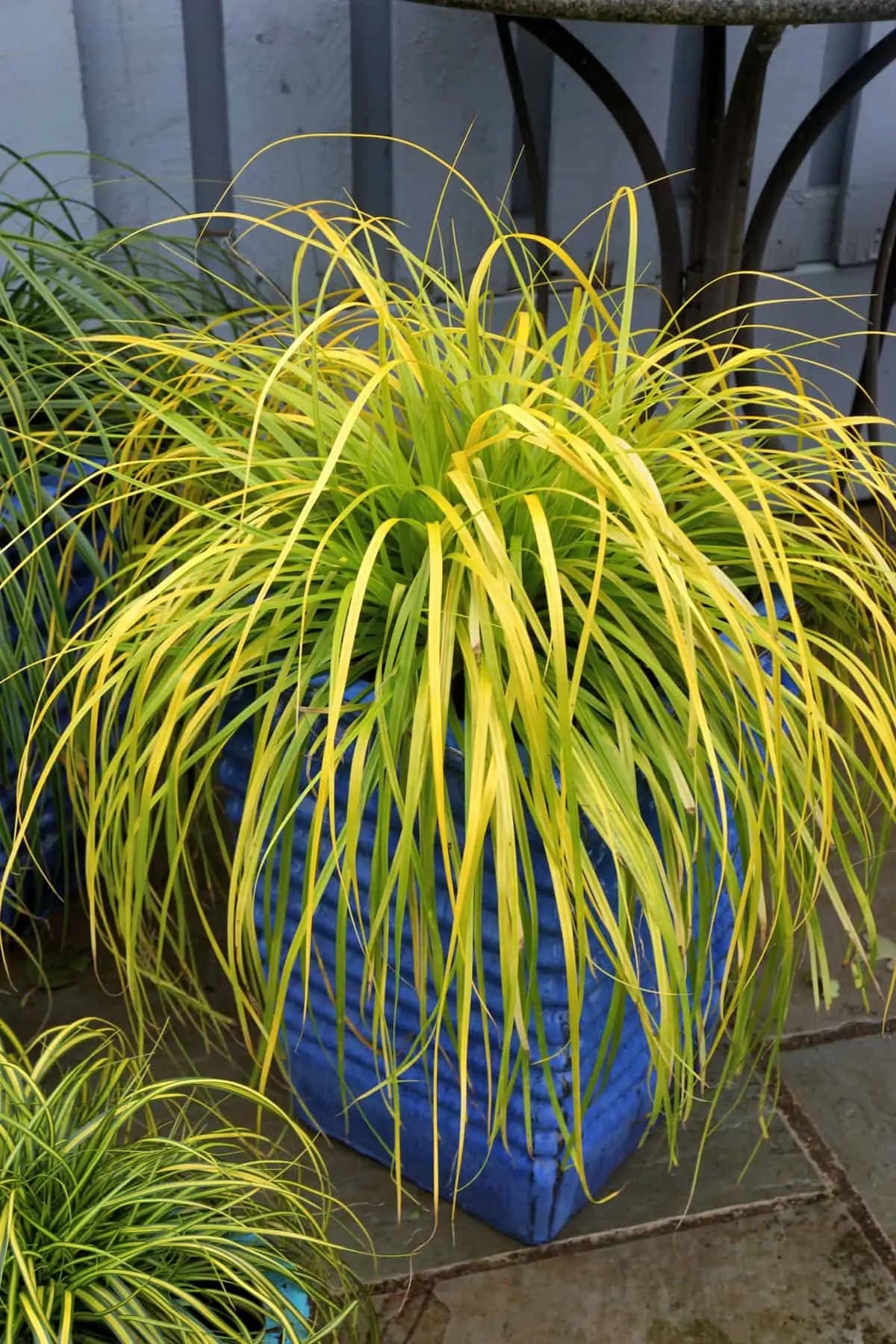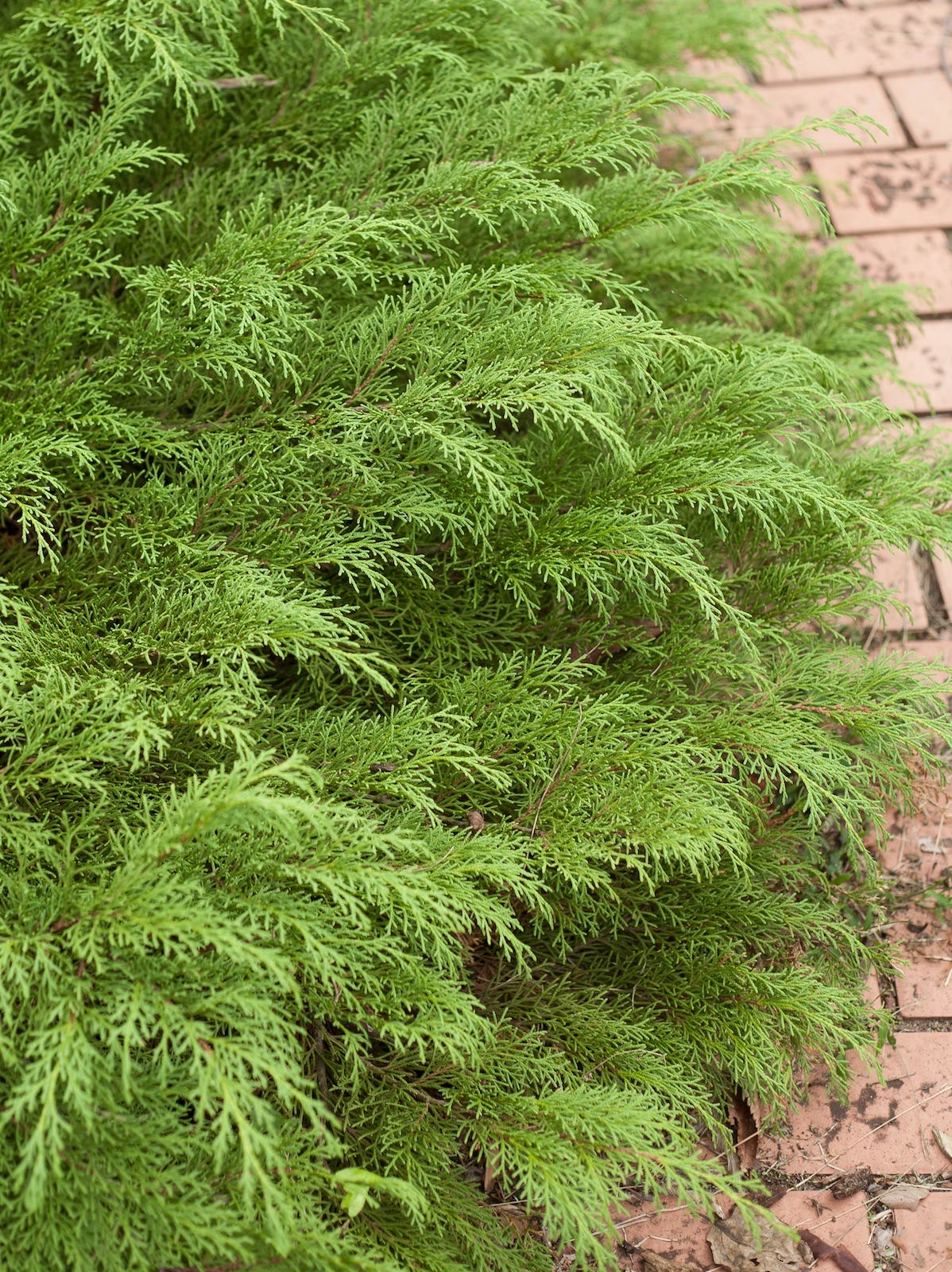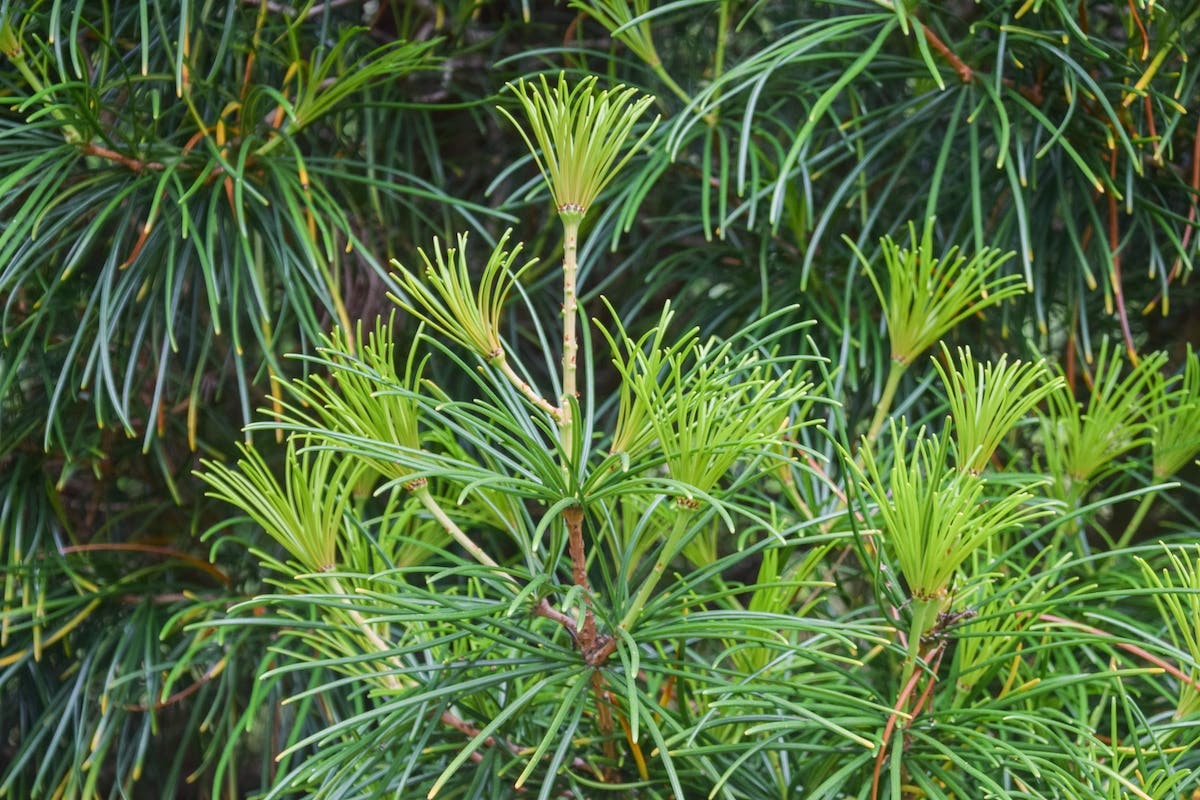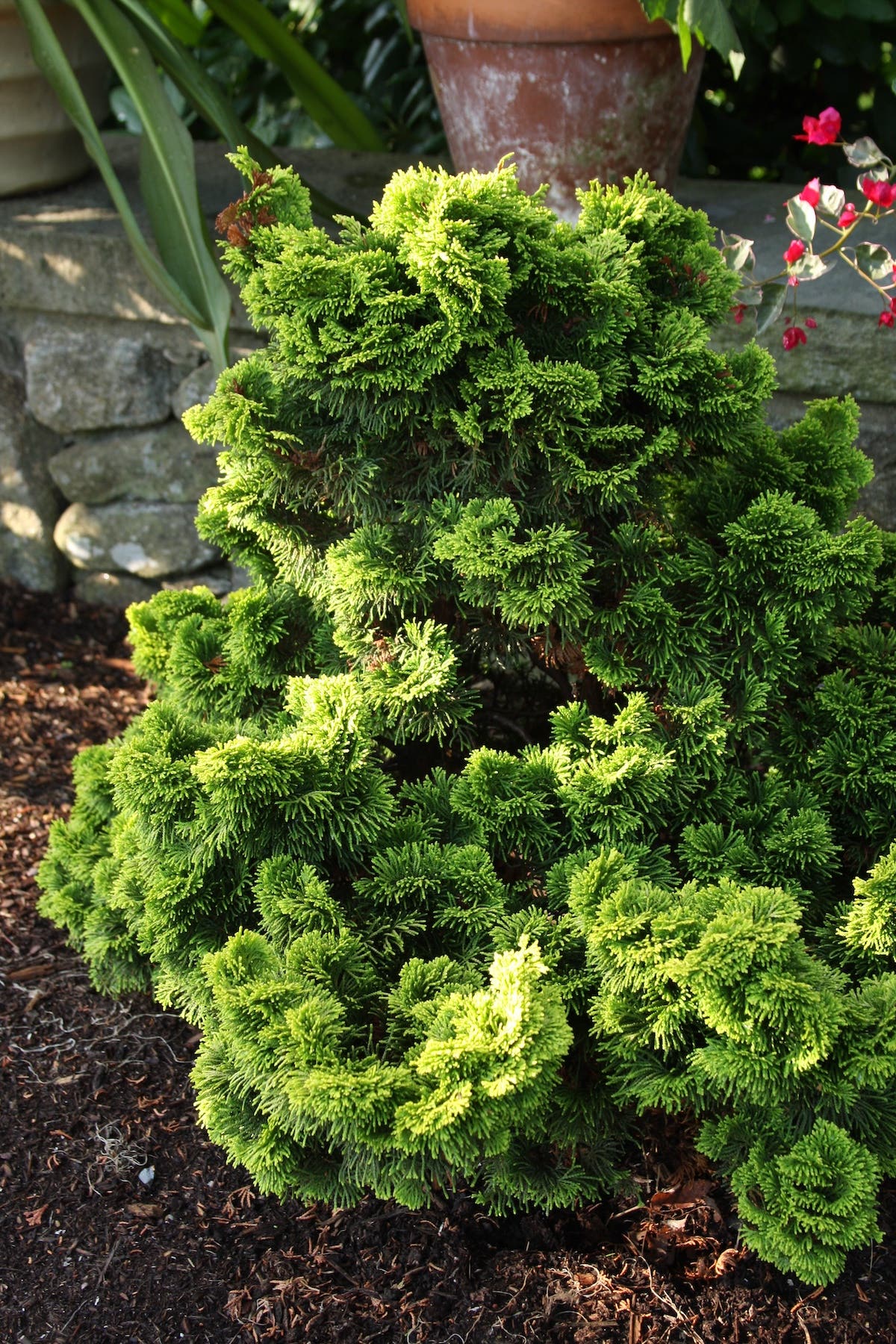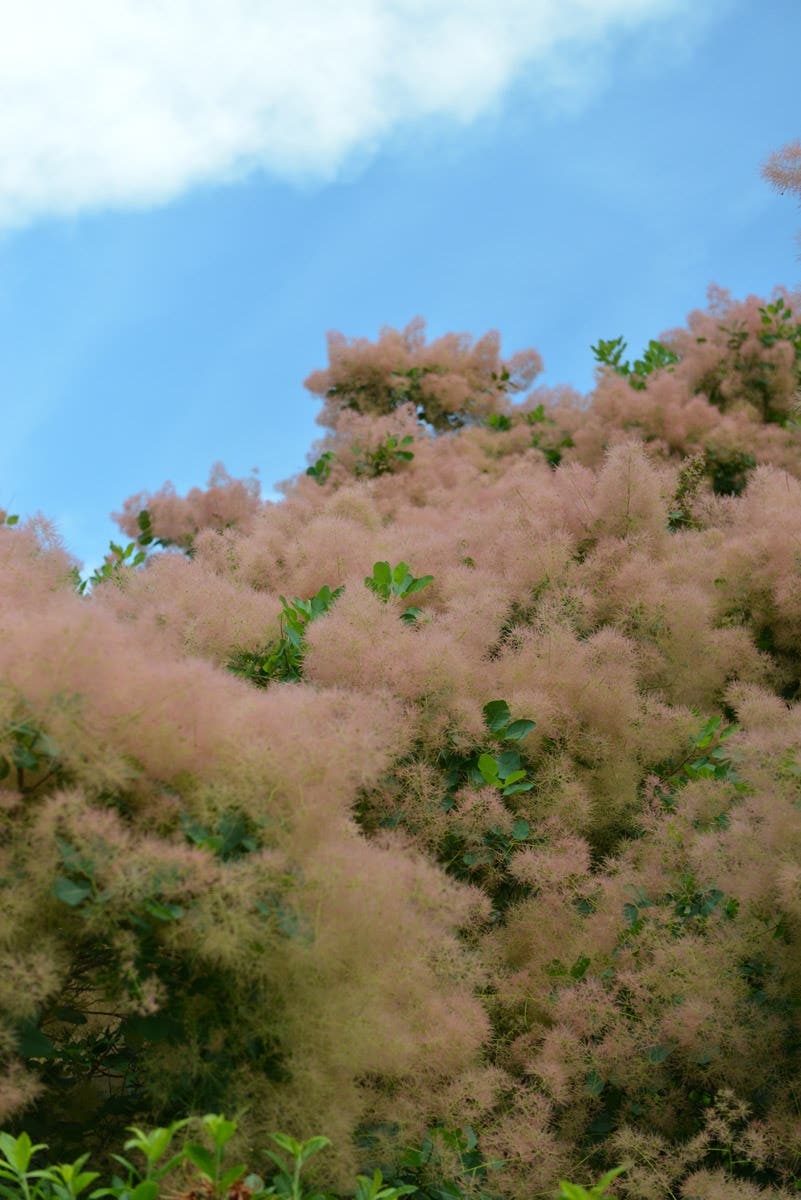Tips for Growing Pumpkins
Prize-winning carved pumpkin at The New York Botanical Garden We decided to grow pumpkins this year. I discovered there is a reason that pumpkins are usually grown on farms and…
Prize-winning carved pumpkin at The New York Botanical Garden
We decided to grow pumpkins this year. I discovered there is a reason that pumpkins are usually grown on farms and in “pumpkin patches.” Pumpkin vines ask for a sizable swath of space in one’s garden and will crowd out and trample anything in their way.
Back in early March my husband, Tom, came home with a pack of Burpee pumpkin seeds. He was inexplicably drawn to the “First Prize” 100-lb. pumpkin seeds, so that’s what we planted. I immediately started growing them in the greenhouse, and by late May I transplanted two large seedlings outdoors in a section of one of our flower beds. By the end of August, after much coddling, we had two pumpkins, the larger being about 7 inches in diameter, weighing 3 to 5 pounds and still growing—slowly. Our experiment did not yield quite the results we were looking for, but we love our pumpkins just the same.
I spoke with a product manager at W. Atlas Burpee, Venelin Dimitrov, to find out the right way to grow pumpkins. At Burpee they have a lot of confidence in the home owner to grow their own pumpkins. Here's what I learned:
Pumpkins need 8 to 10 hours of full sun each day. We planted ours in a spot where they get mostly afternoon sun. As a result the vines marched themselves right around the garden over to the sunnier side and proceeded to spread out across our lawn. If they had been in full sun the plant would have created 4 to 5 “spokes” branching out from the center. This is a better environment for growth than having one rogue vine take off and grow on its own.
The leaves perform an important function. The leaves provide nutrition to the pumpkin through photosynthesis. They also provide some shade for the growing pumpkin when it’s small, keeping the shell soft so it expands more easily. A hard, sun-baked shell is more prone to cracking. Our leaves were big and leafy, and then one day we looked and they were almost all gone, eaten by a rabbit or some other pest overnight. Venelin stressed the importance of protecting pumpkins from pests. He also suggested another form of sun protection for your growing pumpkin, which is burlap or an old shirt.
When to Plant. If you can, start seeds indoors and plant them as soon as you can to give them the longest possible growing season. Protect the seedlings at night by putting a cloche or large plastic jug over them. Even if the nights are cool the cloche will help keep the ground around your pumpkin roots warm enough.
Pollination. Pumpkins have male and female flowers that are pollinated by bees, with male blooms opening first. Each vine will yield numerous flowers, and several may get fertilized and turn into pumpkins. Let them all grow, or pick your one or two prize pumpkins, and snip off the other pumpkins on the vine.
Female bloom on our pumpkin vine
Care and Feeding. Venelin says it’s important to begin a regimen of watering and feeding your plant through the growing season. Use an organic fertilizer that releases more slowly over time, and use the same proportions every time. In other words, develop a systematic routine and follow it.
It’s also best to reduce vine movement as much as possible. The vines themselves try to ensure this by putting out little tendrils that wrap around anything nearby. In our case we noticed the tendrils were wrapping around blades of grass, and we were unable to move the vine without breaking the tendrils. The tendrils anchor the vine in the case of wind.
How will you know when it’s time to harvest your pumpkin? The last stage in a pumpkin’s growth is the coloring up to a nice orange. Give it a good slap or a knock, and if your pumpkin is ripe it will sound hollow. Also the handle will be hard, as will the skin of the pumpkin (too hard to puncture with your thumb). Pumpkins don’t pull easily off the vine the way zucchini or cucumbers will when they’re ready to be harvested. You will need a pair of shears to cut through the handle of a large pumpkin. Keeping the handle on the pumpkin helps keep the pumpkin fresh longer—and it looks better.
Pick your own pumpkin. If you don’t have the space for your own pumpkin patch, find a local “Pick Your Own Pumpkin” farm. Knowing what it takes to grow pumpkins, you will appreciate the effort they have put into it. Our local “Pick Your Own Pumpkin” farm is Dykeman Farm. Dykeman Farm has been growing pumpkins for 38 years and has a patch about 15 to 20 acres in size that they rotate every year to prevent spread of disease. At our local Pawling Farmers Market, Henry and Mandy Dykeman brought a pumpkin they had just picked from their patch. Henry is holding it in this photo.
________________________________________________________________
Dorian Winslow is the president of Womanswork, and is passionate about making the best products on the market for women who garden and work outdoors.
Horticulture publishes the free weekly e-newsletter, "Smart Gardening Tips," and "The Curious Gardener," a free monthly e-newsletter with more tips and articles by Dorian. Subscribe to our e-newsletters.


